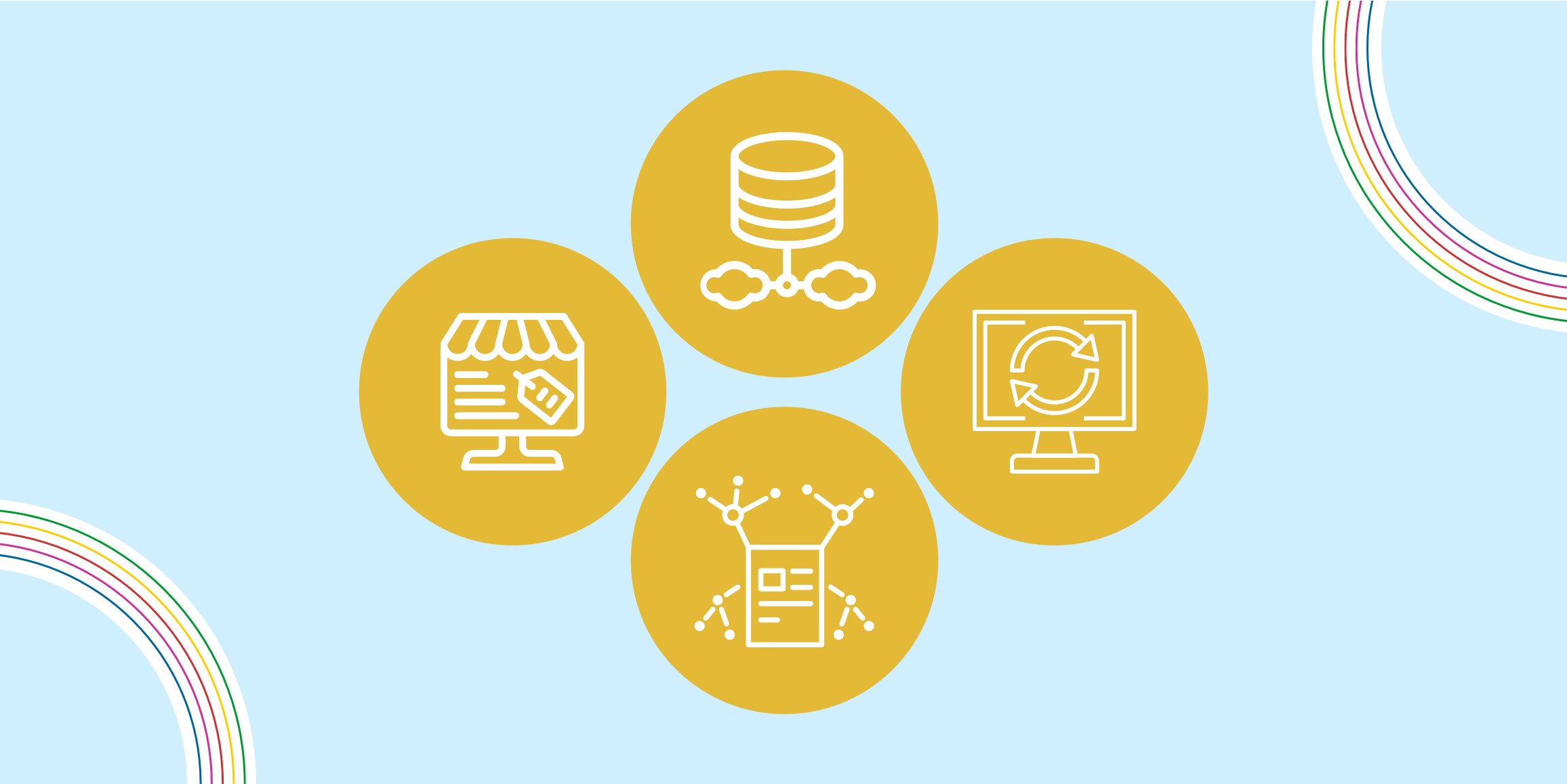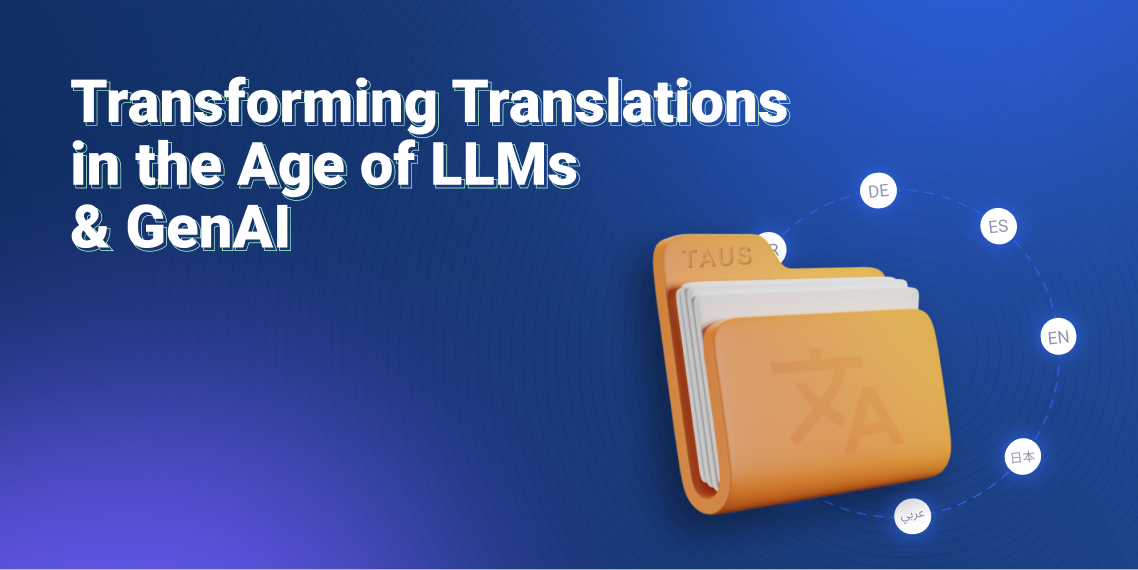Training Data Sourcing Methods

Training data can be sourced via synthetic data generation, public datasets, data marketplaces, and crowd-sourced platforms.
Training data can be sourced from many different places, depending on your machine learning application. Data can be found just about anywhere - from free publicly available datasets to privately-held data available for purchase, to crowdsourced data. These types of datasets are known as organic data or naturally occurring datasets.
Synthetic Data
Synthetic datasets are one common option to use as training data, as mentioned above. The benefit of using synthetic data is that it can be sourced internally under any given set of applicable constraints. Furthermore, it can be abundantly produced, has a short generation to model training turnaround, and is easy to create when prior conditions are known. The downfall is that synthetic data production can be costly and it consumes resources.
Public Datasets
Other alternatives include using platforms like Google or Kaggle to pull datasets. The datasets on offer there are often maintained by government agencies or enterprise companies. Some companies have in-house teams or use a data labeling or data collection service to acquire the training data they are looking for.
Crowd-sourced Datasets
Crowd-sourced data is another option to source training data, depending on the given application. TAUS HLP Platform is an example that provides crowd-sourced data solutions. With this platform, TAUS offers tailor-made datasets based on specific requirements for an application.
Marketplaces
How and where you source your training dataset, whether organic or synthetic data, really depends on what you are using it for. If you wish to train an NLP model, for example, then you would need a hefty-sized dataset consisting of either audio or text data to train your model accordingly. An example of a platform that contains training data is the TAUS Data Marketplace, where hundreds of datasets in numerous world languages are present.
.jpeg)
Husna is a data scientist and has studied Mathematical Sciences at University of California, Santa Barbara. She also holds her master’s degree in Engineering, Data Science from University of California Riverside. She has experience in machine learning, data analytics, statistics, and big data. She enjoys technical writing when she is not working and is currently responsible for the data science-related content at TAUS.



